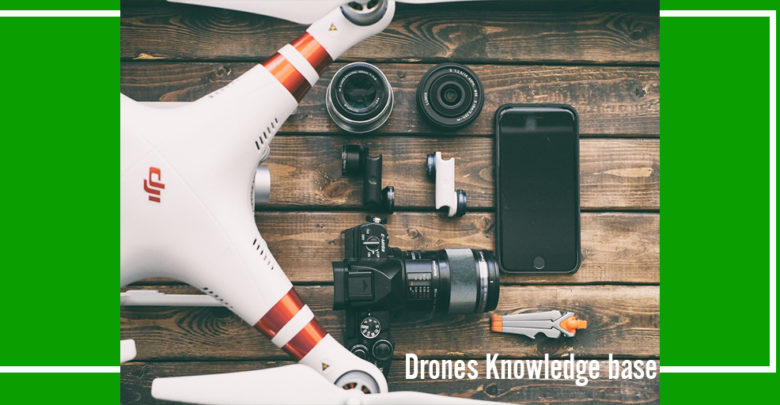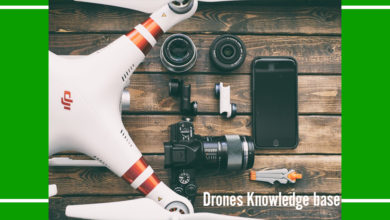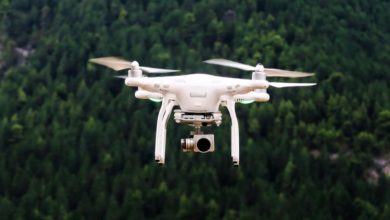
Drones Knowledge base
How Does a Bee Become the Queen Bee?
People think the queen honey bee is the ruler of the colony- controlling everything. In some sense she is, but she’s also the colony’s slave, doing their bidding. She is really an egg-laying machine. In her prime, when conditions are ideal, she can lay between 1,500 and 2,000 eggs each day.
If for any reason she isn’t as good as the colony thinks she should be- perhaps she’s getting too old, or isn’t productive enough, she can be replaced in a matter of under three weeks. The only difference between a worker bee and the queen bee is the way she is fed in the larval stage of her development.
All workers and queens are female; they hatch from fertilized eggs laid by the resident queen. If the queen has been lost, perhaps eaten by something, or squashed by a careless beekeeper, the entire colony is aware of that fact within a few hours. Since honeybees share food between each other and as a matter of course, they all receive some of the pheromone, sometimes called queen substance, the queen bee produces. If they stop receiving enough of that substance because the queen has died, is too old, or just because the hive is too crowded, a response to create a new queen is triggered in the workers.
The workers select an egg or a very young larva that they have decided to make into queen bees. Often they choose a number of prospects and raise a number of queen bees concurrently.
Normally, worker bees are fed royal jelly, a protein rich food secreted from a gland in the nurse bee’s head, for a few days. The larva is then weaned onto a mixture of pollen and nectar or honey, sometimes called beebread.
The queen, however, is not weaned off the royal jelly, but workers continue to feed this highly nutritious food to the larva for about 5 days. She gains weight very quickly, her size multiplying many times over. The beeswax cell in which she develops has to be enlarged and elongated to accommodate the much bigger queen larva. About 7 days after the egg was originally laid, the queen cell is capped over and sealed inside the larva pupates, emerging on or about the sixteenth day.
If the new queen was created because the hive was overcrowded and just before the new queen emerges, the old queen leaves the hive along with about half the worker bees, and flies off to find a new home. This is what is called a swarm. If the weather conditions are not good enough for the swarm to leave, workers prevent the new queen bee from emerging until the weather improves.
Having emerged from her cell, the new queen bee remains in the hive for a few days, fighting any other queen bees that were created alongside her to the death. The victorious queen leaves the hive about 4 to 7 days after emergence, depending on weather conditions. She flies in circles to orient herself, then off to find males-, drones, to mate with.
Queen honeybees and drones congregate in flight paths about 20 feet above the ground. The virgin queen will mate with ten to twelve different drones, which die after mating. The queen may make several mating flights over the next few days, and then never leave the hive again unless it is with a swarm.
Having completed the mating, the queen bee returns to the hive with enough sperm stored to last for the rest of her life. She begins to lay eggs- measuring each cell as she does so and fertilizing eggs in the smaller worker cells. She then lays unfertilized eggs in the larger cells that become drones. This is how a bee becomes a queen bee.
Now: You might be wondering what to look for when choosing your drone. It’s easy: Right here, you will find the most important specs to look for. We’ve also included a drones knowledge base so that you can quickly learn the drones basics. Bada bing, bada boom — you’re almost ready for takeoff!

